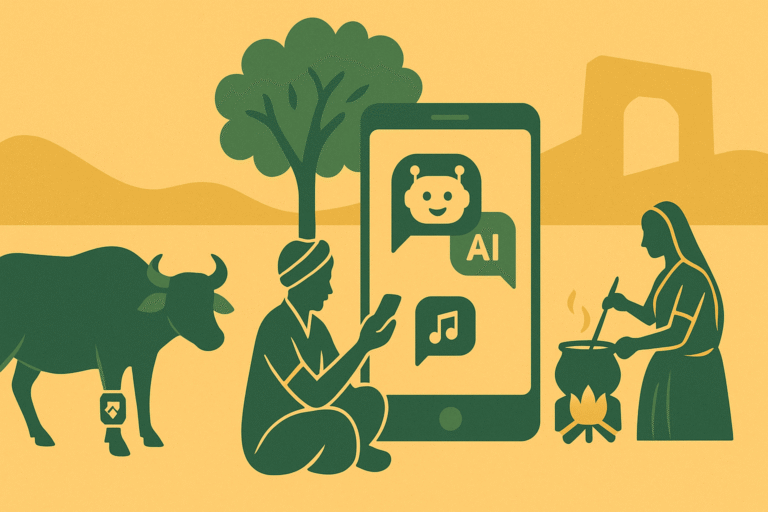For many students, especially when facing subjects like mathematics or science—learning can feel intimidating. Complex formulas, abstract theories, and the pressure of getting it right on the first try often lead to anxiety instead of curiosity. But what if learning could feel more like playing a game- filled with levels, rewards, and instant feedback?
That’s exactly what gamification aims to do.
What is Gamification?
Gamification means using game-based elements, such as points, badges, challenges, and progress levels, in non-game settings (like classrooms or training programmes). It doesn’t mean replacing lessons with video games; it means using the structure of a game to make learning more engaging, interactive, and rewarding.
When learning is designed to be interactive and rewarding, students become more active participants rather than passive recipients—they explore, experiment, and gain confidence rather than fearing every mistake.
Why Gamification Works
At its core, gamification helps make learning active instead of passive. Here’s how:
- Builds confidence: Students can try again and again—just like in a game—without the fear of being judged.
- Improves understanding: Complex topics are broken down into smaller, achievable challenges rather than one big intimidating leap.
- Encourages consistency: The excitement of earning points, badges or progressing to the next level keeps students coming back.
- Turns practice into play: Repetition, which is key for mastery, becomes something students want to do, not something they must do.
Research supports this. For example, a meta-analysis of 41 studies with over 5,071 participants found an overall large effect size for gamification improving student learning outcomes. Another earlier meta-analysis found small to medium positive effects on cognitive, motivational and behavioural learning outcomes.
These findings suggest that gamification can help reduce fear and improve understanding when designed and implemented thoughtfully.
An excellent example of gamification in education is the First in Math app. Students solve quick, game-style puzzles covering math topics, from simple multiplication to fractions and factors—earning rewards as they progress.
What’s clever about First in Math is that students end up doing a lot more practice than they might through traditional worksheets, but because it feels like a game, the practice doesn’t feel like drudgery. Teachers report that students who were once afraid of math begin to view it differently, less as a test and more as a challenge they want to try.
By turning the process into “play,” the app supports both conceptual understanding (what fractions mean) and procedural fluency (how to work with fractions) in a low-threat environment.
How Gamification Reduces Fear
Subjects like mathematics often create fear because the path to success seems unclear and mistakes feel costly. Gamification addresses both of these issues:
- Transparency of progress: Visual indicators (points, levels, badges) show students where they stand and where they’re going.
- Control and choice: Students may pick which challenge or level to try next, giving them a sense of agency.
- Regular wins and feedback: Smaller wins lead to signals of growth and accomplishment, which build confidence.
- Safe environment for error: Since game mechanics allow retries and failures without stigma, students feel safer to experiment and learn.
When students perceive learning as a journey of progress rather than one big judgment moment, anxiety drops and curiosity takes over.
Where Else Can Gamification Help?
The beauty of gamification is that it is not limited to one subject, it can be applied across domains:
- Science: Virtual “missions” where students unlock experiments after mastering certain concepts.
- Languages: Vocabulary and grammar games, where practice happens daily and learners gain badges or levels for consistency.
- Environmental and civic education: Simulations where students manage water, energy, or waste in a “virtual city,” earning points for sustainable choices.
- Workplace learning and training: Modules that use levels, progress tracking and rewards to make safety or compliance training more engaging.
- Health and wellness programmes: Apps that turn steps, workouts, healthy meals, or even mental health counselling into challenges and streaks—gamification outside of formal education.
At NuSocia, we often see that true learning happens when curiosity replaces fear, and gamification is a powerful way to help make that shift. By linking play with purpose, it not only improves understanding but fosters confidence, persistence and joy in learning.When a student says, “I want to play one more round”, and that “round” happens to be a math challenge, the transformation is real.




